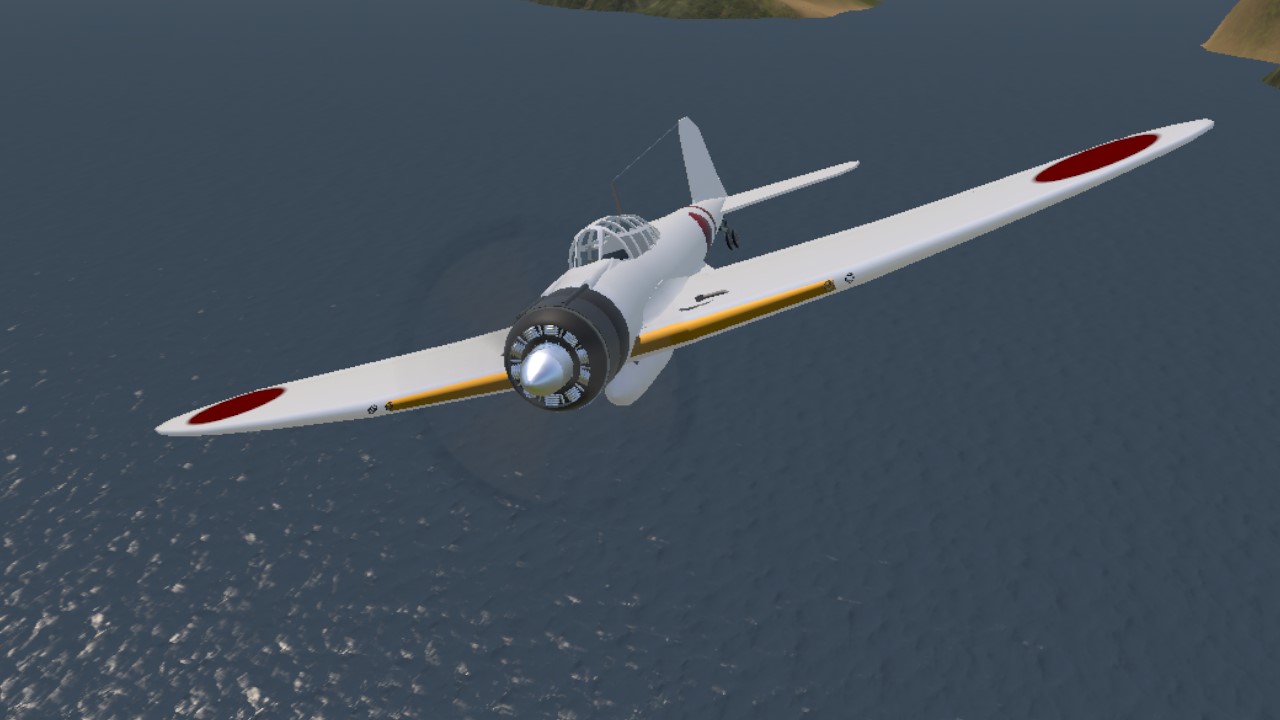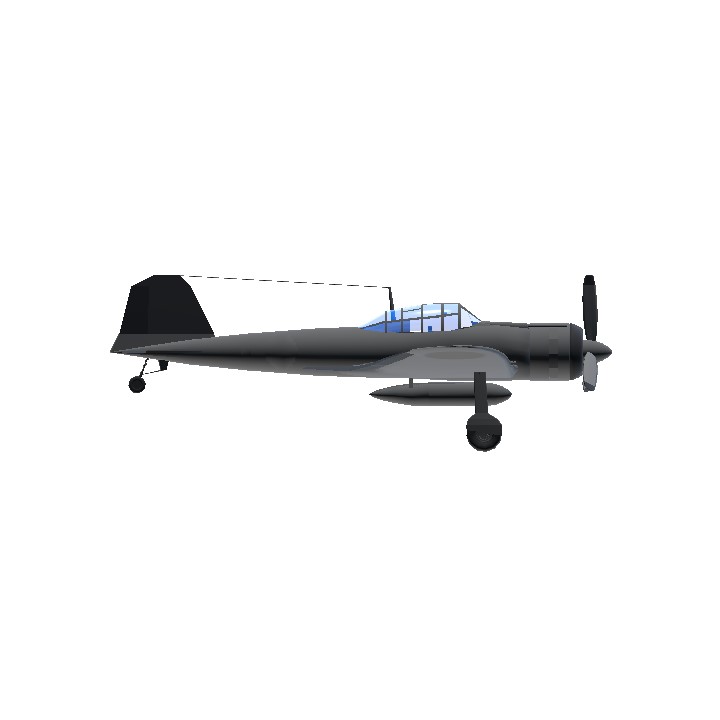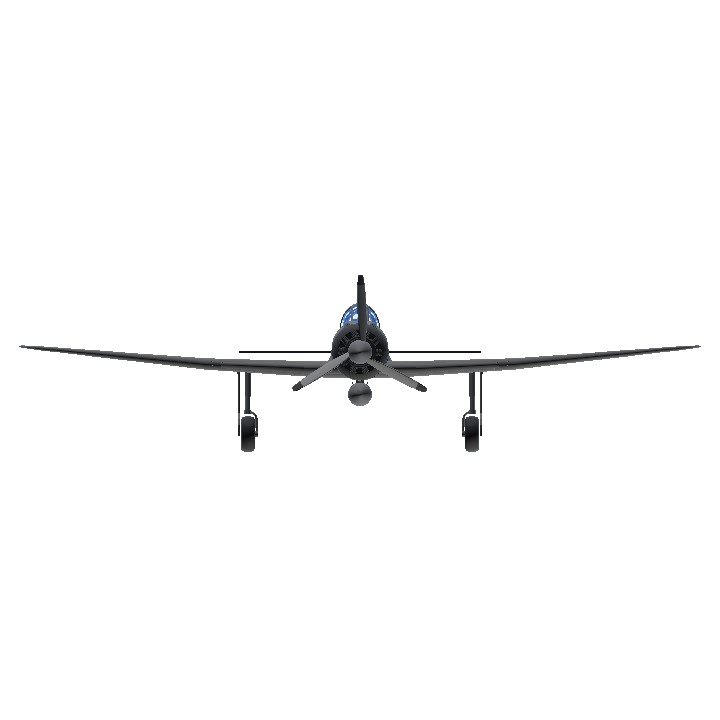I found that the last time I built the Type 99 carrier-based bomber was very similar to the Type Zero, so I made it.And it includes a perfect look and a simple cockpit.
The Mitsubishi A6M Zero: A Legend of the Skies in World War II The Mitsubishi A6M Zero, officially designated as the "Reisen" (Zero Fighter) by the Imperial Japanese Navy, stands as one of the most iconic aircraft of the Second World War. Developed by Mitsubishi Heavy Industries under the leadership of chief engineer Jiro Horikoshi, the Zero made its maiden flight in 1939 and entered active service in 1940. Renowned for its exceptional maneuverability, long-range capabilities, and lightweight design, it quickly gained a fearsome reputation in the early years of the Pacific conflict. With a maximum speed of approximately 533 km/h (331 mph) and a range of over 3,000 km (1,864 miles) when equipped with external fuel tanks, the Zero outperformed many of its Allied counterparts at the outbreak of war, becoming a symbol of Japanese air power during the first half of the 1940s. Development Background and Wartime Service The genesis of the Zero can be traced to Japan’s strategic needs in the late 1930s. As tensions escalated in the Pacific, the Imperial Japanese Navy sought a new carrier-based fighter that could dominate aerial combat while supporting long-range naval operations. The requirements were stringent: the aircraft needed to be highly maneuverable to outperform enemy fighters, possess sufficient range to protect bomber fleets and conduct reconnaissance over vast oceanic distances, and carry adequate armament to engage both aircraft and lightly armored ships. Jiro Horikoshi’s design team rose to the challenge by prioritizing weight reduction, a decision that defined the Zero’s characteristics. By using lightweight aluminum alloys and minimizing structural reinforcement, the team achieved remarkable agility, allowing the Zero to outturn and outclimb most Allied fighters, such as the early versions of the Grumman F4F Wildcat and the Curtiss P-40 Warhawk. However, this focus on weight savings came at a cost: the Zero lacked armor protection for its pilot and self-seal.
AG1:Start the engine
AG2:Abandon the auxiliary tank
AG3:None
AG4:None
AG5:None
AG7:None
AG8:None
VTOL:Control flaps
Good luck. Have fun. If you feel good about the experience, please vote for my post! ❤
Specifications
General Characteristics
- Predecessor Aichi "Val" D3A2 99 bomber
- Created On Android
- Wingspan 49.5ft (15.1m)
- Length 34.8ft (10.6m)
- Height 11.7ft (3.6m)
- Empty Weight N/A
- Loaded Weight 8,615lbs (3,908kg)
Performance
- Horse Power/Weight Ratio 1.056
- Wing Loading 18.3lbs/ft2 (89.3kg/m2)
- Wing Area 471.3ft2 (43.8m2)
- Drag Points 6540
Parts
- Number of Parts 186
- Control Surfaces 9
- Performance Cost 802






My creative inspiration has diminished a lot, and I may have to delay the release of the new aircraft these days. Your downloads and votes are the biggest support for me! 🥰🥰If you can, please click on the voting piece with your precious hand to vote for me!😄